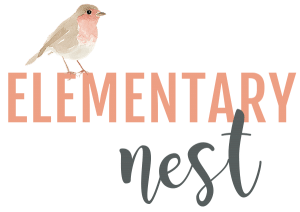
Today, we’re going to look at teaching the author’s purpose. When an author writes a nonfiction text, there is usually a reason or a purpose for writing the text. The student’s job is to find the reason why the author wrote that text. We’re going to explore how to teach an author’s purpose in a nonfiction text. Throughout this blog post, you’ll see some anchor charts, read-alouds, and engaging resources.
Author’s Purpose Standards:
Typically, Common Core reading standards will range from kindergarten all the way through fifth grade. Each grade level builds on top of the one prior. However, the Author’s Purpose skill only shows up in 2nd grade. Yes, author’s point is covered in many grade levels, but author’s purpose only shows up in 2nd grade Common Core standards. That certainly doesn’t mean you can’t introduce it in first grade and reteach it in third grade, though!
- 2nd Grade: Identify the main purpose of a text, including what the author wants to answer, explain, or describe.
How Has Author’s Purpose Changed?

When we first started teaching author’s purpose, we taught “PIE” (or Persuade/Inform/ Entertain). Now, Common Core standards have come out with a new way of showing why an author writes a nonfiction text. They have teachers teaching author’s purpose as “ADE” (or Answer/Describe/Explain). In my opinion, I think it’s important that you still teach both ways. Start your unit with the PIE method because that teaches a more broad topic. Then, you can get into HOW they show their purpose using “ADE”.
For example, they can try to inform their readers by answering a question. Or they can try to entertain their reader by explaining something.
Use Anchor Charts to Introduce
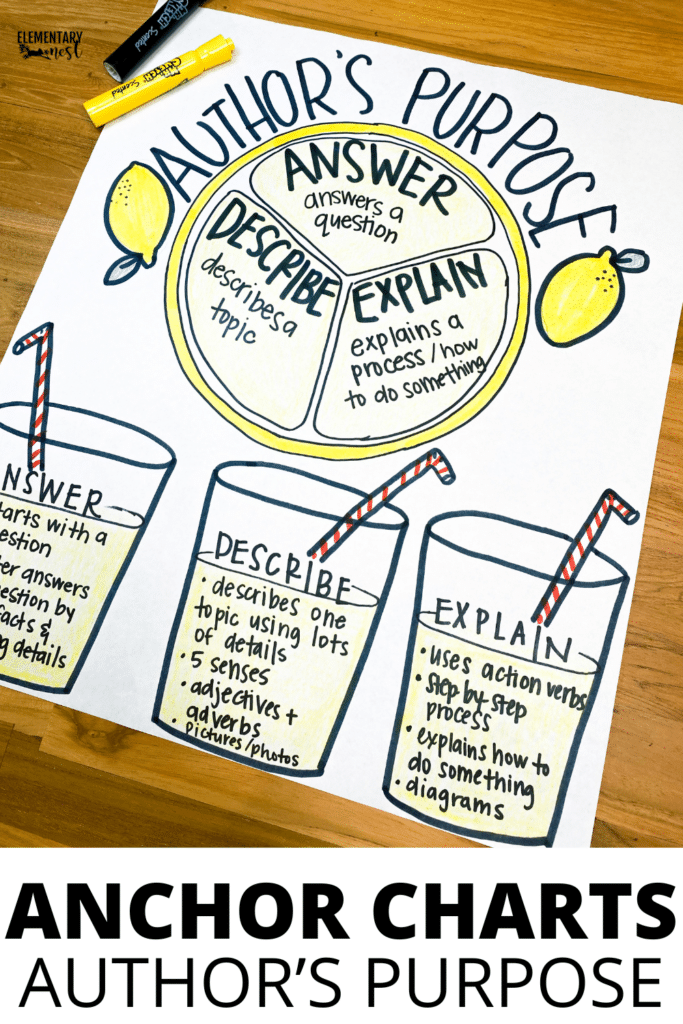
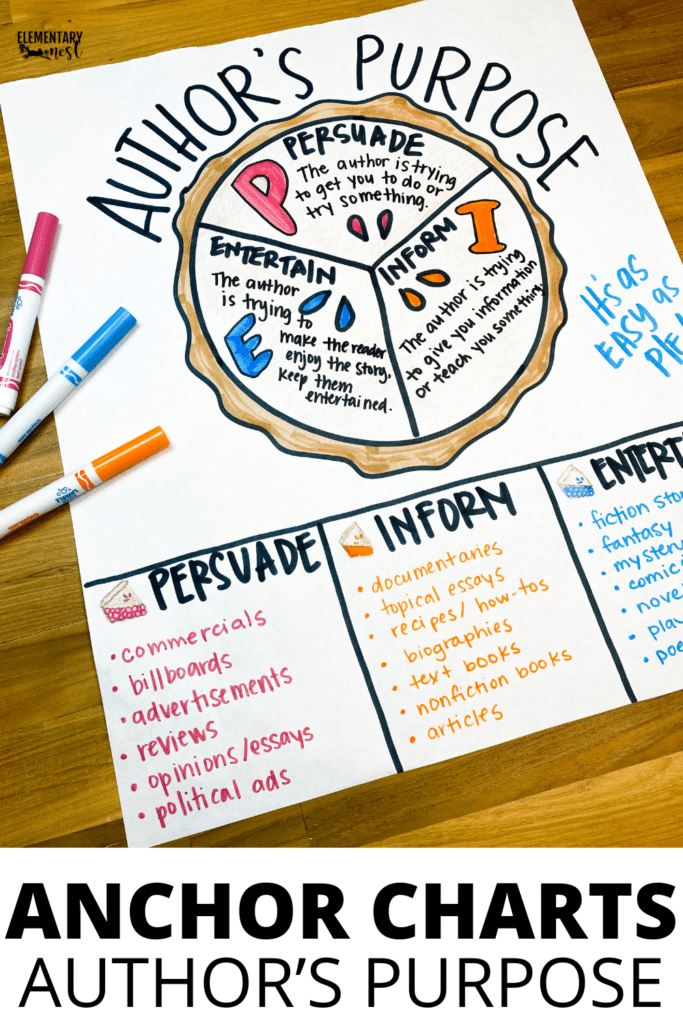
One way to get students involved is with interactive anchor charts. This anchor chart/sticky note activity has students searching for books they have read that fall under each category. First, as a class, you will introduce the “ADE” headers and explain what each one means. (You can create a similar chart with the “PIE” acronym, as well, if you’d like to teach both).


Now, create a simple three-column chart. Use excerpts from texts (or pieces from the lesson plan activity in my RI.2.6 unit) to determine the author’s purpose.
Then, as you read aloud texts or as students read texts independently or with partners, they will add their titles to a sticky note and add it to the anchor chart. In this activity, the students are trying to show HOW the author conveys their point.
This anchor chart activity can be used continuously throughout the unit or even the year!
Teaching Students to Find the Author’s Purpose

This activity comes from one of the mini lessons for RI2.6. It asks students to sort specific quotes according to their purpose. The activity will help students practice their ability to recognize what sort of sentences and lingo the author will be using in each type of text. For example, in the Describing Examples category, you’ll find two sentences that describe foxes and sharks to the reader. This can be a guided activity or it can be a partner activity where the students work together and then the teacher reveals the answers for self-assessing.
Another way to have students practice is to have them read short paragraphs or collections of sentences. This is also a mini-lesson activity in RI2.6. Then, they will read the three purpose options and decide which fits best. Students will be looking for whether that paragraph answers something, describes something, or explains something. Don’t worry if your students struggle with this skill at first. It’s a harder skill to master to decide how the author conveys their purpose.
Great Texts for Teaching Author’s Purpose

Here is a collection of nonfiction texts that I think work perfectly for read-alouds when you’re teaching this unit. These texts come from my Nonfiction Mentor Text blog post that outlines 6-8 books for each standard.
- Boy, Were We Wrong About Dinosaurs by Houghton Mifflin
- Who Says Women Can’t Be Doctors by Tanya Lee Stone
- Turtle Tide: The Way of Sea Turtles by Stephen R. Swimburne
- If the World Were a Village by David J. Smith
- You Wouldn’t Want to be an American Pioneer by Jacqueline Morely
- George Washington and the General’s Dog by Frank Murphy
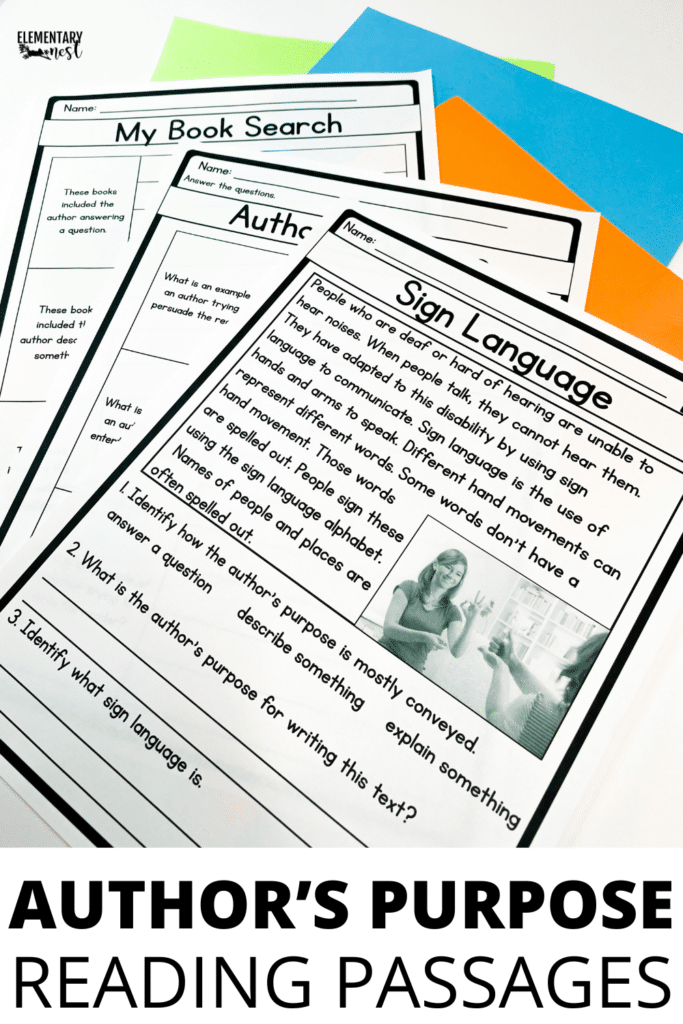
Giving the students books to read is vital when teaching the standards. However, it’s equally as important to give them short passages to read as well. One reason is to simply practice their reading comprehension and text evidence skills. Another reason is that students need to start seeing these types of reading formats for test-taking practice. In the future, they will be tested with passages and follow-up questions. So giving them short passages to read while asking them to find the author’s purpose gives them a very focused purpose when they’re reading.
More Activities for Practice and Mastery


Above, I discussed the importance of reading books and short passages to practice. Another way to practice teaching author’s purpose is with graphic organizers. Finding a graphic organizer that can work with any text is very beneficial because you give students a bit more choice in their learning. They can find a text off the shelf or out of a selection you’ve chosen ahead of time. Then, they can independently or partner read the text and answer the standards-based questions after.

(Link: Teach Two Reach)
Here is an adorable idea from Teach Two Reach to practice the different types of books that you may find in each type of author’s purpose category. Searching through old Scholastic flyers and reading a synopsis of an informational text to determine what the purpose is would be a great way to practice.
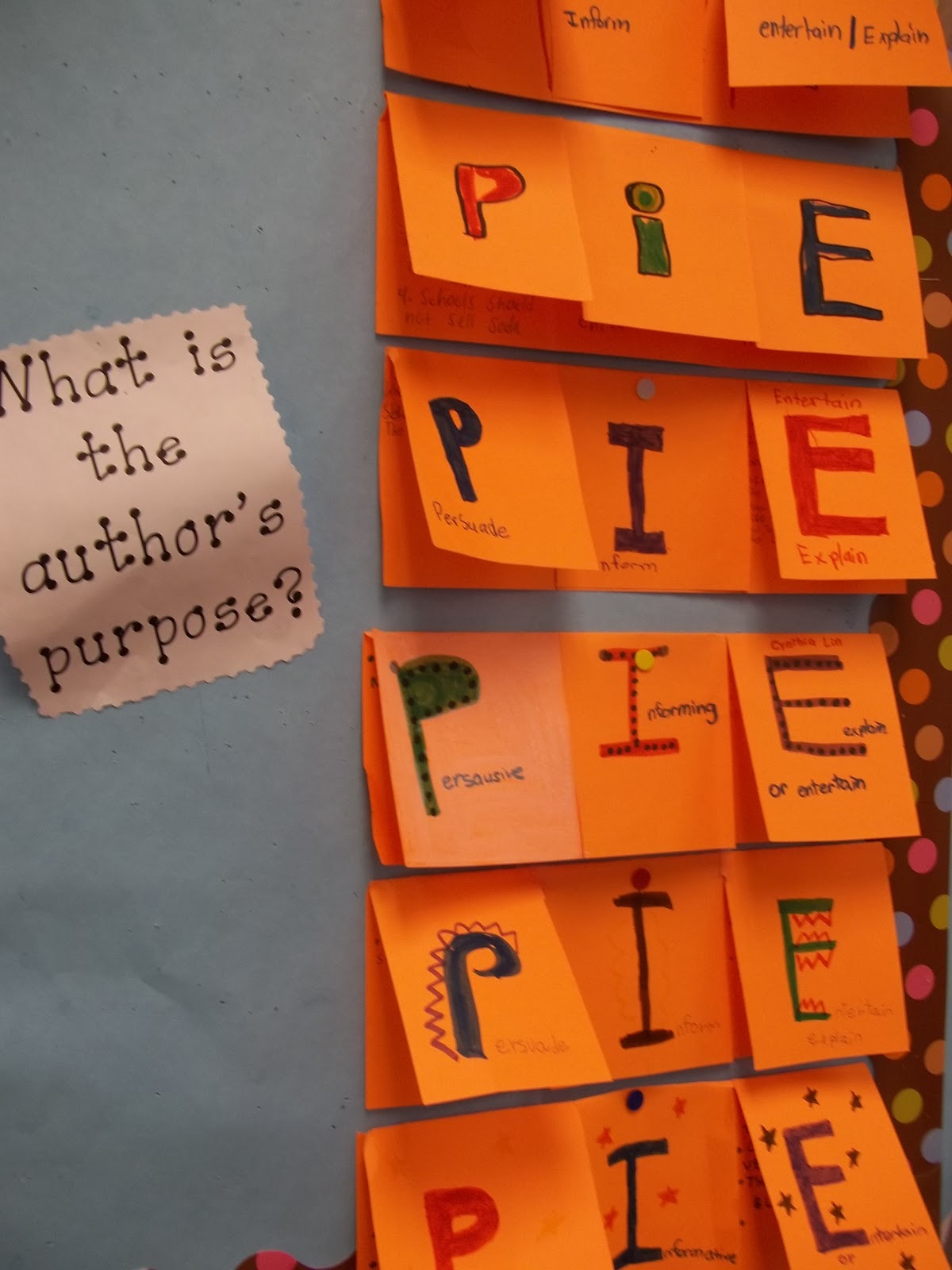
(Source: Teaching Fashionista)
Here’s another way to practice. There are two ideas you can do with these fold-and-snip activities from Teaching Fashionista. First, you can use this to simply explain what it means to persuade, inform, and entertain. Then, you could also use these to lift the flaps to write about specific book examples of each P/I/E category. The students will also get to make them their own when decorating!
How do you track the standards that you teach?

Get a free 2nd Grade Standards Checklist
Click the button below to get a free standards checklist for ALL 2nd grade ELA standards, ALL domains! These will help you keep track of which standards you’ve taught, which need reteaching, and which the students have mastered. Your free PDF will arrive in your inbox shortly!
Need Author’s Purpose resources?



If you’d like a complete, ready-made unit, take a look at my 2nd Grade Main Purpose Unit! As seen in the pictures above, this unit has everything you need to teach Author’s Purpose in your classroom.
2nd Grade No-Prep Unit
This unit comes with lesson plans and materials, graphic organizers, reading passages, comprehension pages, task cards, and more! Click the link or button below to take a closer look:














